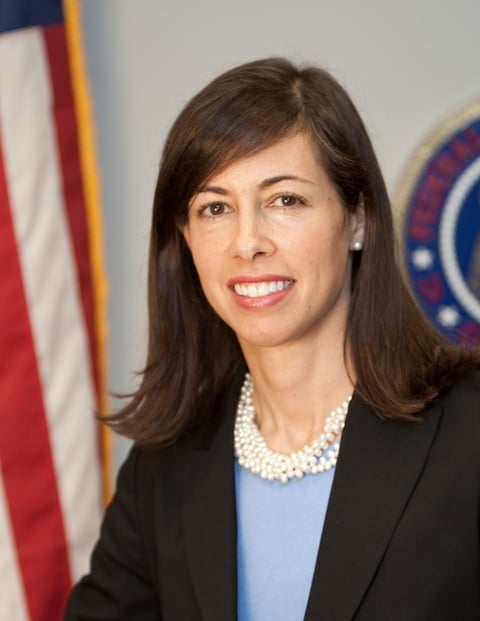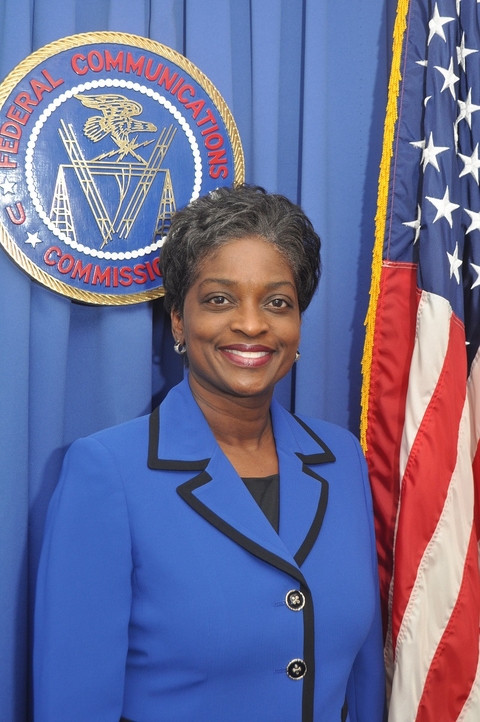The FCC has put the elements in place to introduce its $2 billion Connect America Fund Phase II auction this July with the aim of expanding wireline and wireless broadband in unserved rural areas of the country.
The FCC said interested service provider participants have until March 30 to file an application to participate in the auction, which is set to begin on July 24.
During its monthly meeting today, the FCC also adopted an Order on Reconsideration resolving all pending challenges to earlier FCC auction implementation decisions.
According to the FCC’s research, nearly 1 million homes and businesses nationwide are in unserved rural areas where providers are eligible for support from the auction. Service providers that meet the FCC’s qualifications will compete for support of up to $2 billion over the next decade to offer voice and broadband service in unserved areas where without government subsidies there is no business case to either expand or provide service.
RELATED: FCC sets rules for $2B CAF-II broadband funding auction
This auction focuses on census blocks deemed unserved by broadband in 20 states where the nation’s largest service provider declined last year’s Connect America Fund offer of support. Additionally, the auction will address locations across the country with extremely high deployment costs.
Overall, the five commissioners were supportive of the CAF-II auction process proposed.
FCC Commissioner Brendan Carr said in a prepared statement that the new process will ensure that the communities with the greatest need will be addressed.
“The procedures we’ve put in place will also help maximize the value that the American people get out of this program,” Carr said. “For instance, we target support to those geographic areas the Commission has identified as unserved based on our Form 477 data, which ensures that finite universal service funds are used where the need for them is greatest. And we include safeguards to address instances where our model might overpredict the number of customer locations. We also incentivize prudent spending by using a first-of-its-kind reverse auction, which will award support to providers with relatively lower costs.”
FCC Commissioner Jessica Rosenworcel said that while she agreed with the new CAF-II auction, she said the commission should do more to work directly with states that want to collaborate on ways to address rural broadband issues.

“I would have preferred that we worked right now with our state partners—like Pennsylvania—who have stepped up and sought out new forms of federal-state collaboration when it comes to universal service,” Rosenworcel said. “When our state partners express interest in working with us—and even offer up their own funds to do so—we should have that conversation. Instead of pursuing it with vigor, we put it off for another day. Going forward, we should do better than this.”
Resolving smaller carrier challenges
One of the other key issues that the FCC also resolved with the new auction process is giving smaller service providers a greater chance to compete. While larger carriers like AT&T, CenturyLink and Windstream will participate in the auction, the FCC is also making it easier for smaller independent telcos and wireless ISPs to participate.
FCC Commissioner Mignon Clyburn, who has been an advocate of helping smaller carriers get a seat at the auction table, praised the auction process.
“I am pleased that we eased some of the burdens small providers face, including challenging financial qualifications and the use of consultants,” Clyburn said. “I am also pleased that we put in place the means for robust educational efforts that could uniquely benefit smaller providers.”
Despite enabling more opportunities for smaller service providers, Clyburn said she was concerned about the methodology and the lack of focus on expanding Tribal land broadband services.

“I am disappointed that we are unable to use smaller geographic units than census block groups,” Clyburn said. “And, that despite our unified desire as a Commission to spur deployment on Tribal lands, we do not take any action here either. The FCC’s 2016 Broadband Progress Report found that more than 68% of Americans living on Tribal lands in rural areas lack access to fixed broadband of speeds of 25 Mbps down and 3 Mbps up. That we do nothing additional to incent Tribal broadband speaks volumes.”
Technology-agnostic approach
While ensuring that service providers can extend wireline-based broadband to more rural locations, the auction will also provide opportunities to new entrants to use a mix of technologies, including broadband wireless and satellite services. Auction participants could include a mix of rural telcos, fixed wireless, satellite, cable, price cap, and electric utility broadband providers.
But even before the auction takes place, a growing number of traditional price cap carriers like CenturyLink, Consolidated, Frontier and Windstream are looking to complement their wireline deployments with some form of broadband wireless using the 3.5 GHz band, for example.
AT&T, meanwhile, has been rolling out fixed wireless in rural areas via the existing CAF-II program. In April, AT&T completed an initial rollout of fixed wireless internet services for rural and underserved consumers in Georgia.
“As both the Order and the Public Notice make clear, we allow a range of providers and technologies—from fiber to fixed wireless and satellite—to compete, recognizing that there is no one-size-fits-all solution to getting broadband to unserved communities,” Carr said.
Rosenworcel encouraged the FCC to consider conducting a major wireless spectrum auction to spur further development of 5G wireless into rural and urban areas.
“We currently do not have any major spectrum auction on the Commission calendar,” Rosenworcel said. “Other nations are speeding ahead with plans for auctioning airwaves for the next generation of wireless services. South Korea, for instance, has already announced plans to auction the 28 GHz and 3.5 GHz bands between June and October of this year. But in the United States, all we have now is a blitz of bands being discussed in regulatory proceedings. If we want to lead in 5G we need to take action—and not the misguided effort to nationalize networks recently leaked to the press—but real action.”
